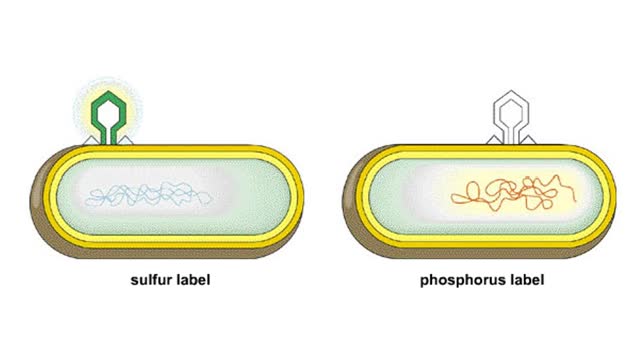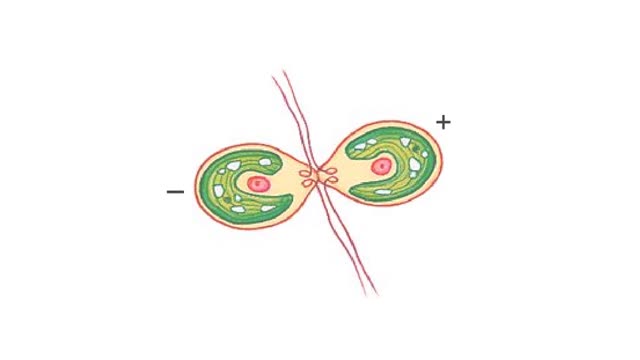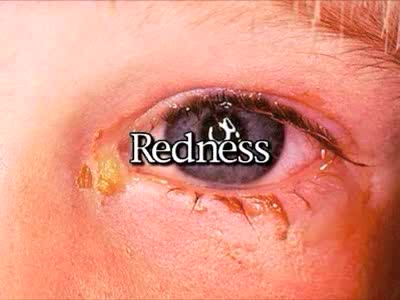HIV Infection: Viral life cycle
By: HWC
Date Uploaded: 05/06/2020
Tags: homeworkclinic.com Homework Clinic HWC viral life cycle HIV infection biosynthesis Bacteriophages lysogenic cycle chemokine receptor T-helper cell CD4 cell viruses what is HiV
The series of steps that HIV follows to multiply in the body. The process begins when HIV encounters a CD4 cell. The seven steps in the HIV life cycle are: 1) binding; 2) fusion; 3) reverse transcription; 4) integration; 5) replication; 6) assembly; and 7) budding. Many viruses follow several stages to infect host cells. These stages include attachment, penetration, uncoating, biosynthesis, maturation, and release. Bacteriophages have a lytic or lysogenic cycle. HIV infects a type of white blood cell in the body’s immune system called a T-helper cell (also called a CD4 cell). These vital cells keep us healthy by fighting off infections and diseases. Chemokine receptors are cytokine receptors found on the surface of certain cells that interact with a type of cytokine called a chemokine. There have been 20 distinct chemokine receptors discovered in humans. HIV cannot grow or reproduce on its own. Instead, the virus attaches itself to a T-helper cell and fuses with it. It then takes control of the cell’s DNA, replicates itself inside the cell, and finally releases more HIV into the blood – continuing the multiplication process. This is the HIV lifecycle.
Add To
You must login to add videos to your playlists.
Advertisement












Comments
0 Comments total
Sign In to post comments.
No comments have been posted for this video yet.